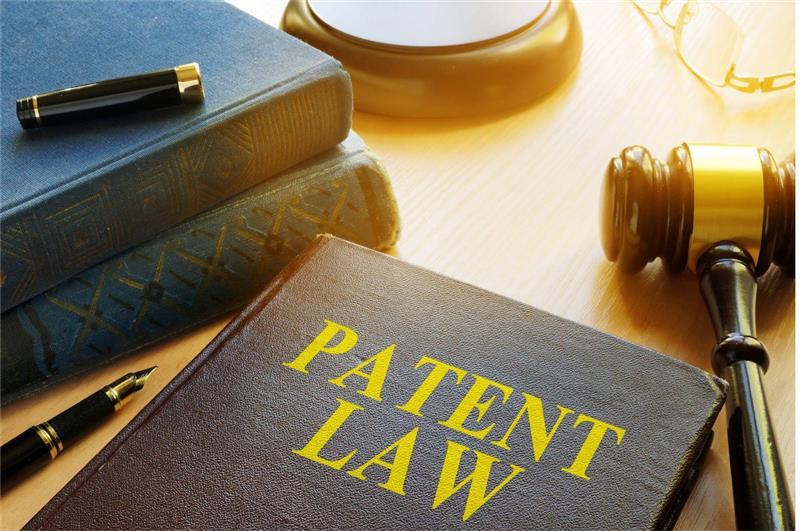Recently there have been many important progresses within the Indonesian IP landscape. For this month, the Indonesian Ministry of Law and Human Rights have just enacted Peraturan Menteri Hukum dan HAM Republik Indonesia Nomor 1 Tahun 2025 tentang Pemakai Terdahulu (Ministry of Law Regulation No. 1 of 2025 regarding Prior Users), this term refers to person or entity that has used or implemented the invention prior to the patent application filing date.
This regulation implements Article 18 of the Patent Law, namely Law No. 13 of 2016, as amended by Law No. 65 of 2024 by creating a formal mechanism to recognize and protect the rights of these prior users, balancing interests between patent holders and those who independently developed or used the invention before patent registration.
Rights of Prior Users
According to Article 2 of the Regulation and Article 18(1) of the Patent Law, Prior Users are entitled to the following rights:
- A prior user who used the invention before the filing date of the patent application may continue using the invention even after the patent is granted.
- The prior user’s right is conditional on having developed or used the invention independently and without access to the patent application documents.
- This right protects investments and efforts made by prior users and prevents patent holders from unjustly excluding prior users from the market.
Application Procedures
The application process for asserting prior user rights is clearly defined in the regulation to ensure transparency and thoroughness. According to Article 3, applicants must submit their applications either electronically or in writing, and importantly, all submissions must be in the Indonesian language. Additionally, only one application can be made per invention, helping to avoid duplicate claims.
Article 4 requires that applicants provide essential identification details such as their full name, address, and nationality, which establishes clear legal ownership or interest in the invention. Applicants must also supply information related to the corresponding patent application or granted patent relevant to their prior use claim.
To support the application, Articles 5 and 6 require several key documents, including:
- Detailed descriptions and drawings of the invention to clarify its nature.
- Evidence demonstrating prior use of the invention before the patent was filed.
- A declaration confirming that the invention was independently developed and used by the applicant before the patent application date.
Examination Process
The regulation describes a two-stage examination process overseen by the Directorate General of Intellectual Property:
The application process for prior user rights involves two key stages of examination: administrative and substantive. The administrative examination, conducted within 14 working days, serves to verify the completeness of submitted documents. If any part of the application is missing or incomplete, the applicant is given a 30-day window to make the necessary corrections. Failure to comply within this timeframe results in the application being considered withdrawn.
Once an application passes administrative screening, it moves to the substantive examination stage. A special team of at least five experts—comprising patent examiners, legal analysts, and potentially other specialists such as academics or industry practitioners—is appointed to review the case. This stage must be completed within 70 working days. The team evaluates whether the applicant truly qualifies as a prior user by examining the evidence of independent implementation of the invention before the patent’s filing date and assessing whether the invention in question is indeed the same as the one protected by the patent. During this phase, the registered patent holder is notified and given an opportunity to submit objections or supporting evidence. If necessary, the examination team may also conduct on-site inspections to verify claims and clarify facts.
The Minister is tasked with issuing a decision to either approve or reject the application within 180 working days, as stipulated in Article 16. When an application is approved, the applicant is granted a Prior User Certificate (Sertifikat Pemakai Terdahulu). This certificate legally authorizes the prior user to continue using the invention without fear of infringement claims. However, it is important to note, as specified in Article 19, that the issuance of this certificate does not invalidate the patent itself. The patent holder’s exclusive rights over the invention remain intact for all others, ensuring a balance between protecting prior users and upholding patent rights.
Important Additional Provisions
The regulation also sets clear boundaries on the transferability and validity of prior user rights. According to Article 20, the rights granted under a Prior User Certificate are non-transferable, except in the case of inheritance. Any attempt to transfer these rights through licensing or other means is prohibited. Furthermore, as outlined in Article, the Minister holds the authority to revoke the certificate if such unauthorized transfers occur or if any of the conditions stipulated in the regulation are violated.
Conclusion
Ministry of Law Regulation No. 1 of 2025 is another step in a period of many changes to the Indonesian IP ecosystem. For those whose work are heavily concerned with patents, it is absolutely essential to be up-to-date with these developments.
For more questions regarding this topic or any other patent-related inquiries, contact us at ambadar@ambadar.co.id






